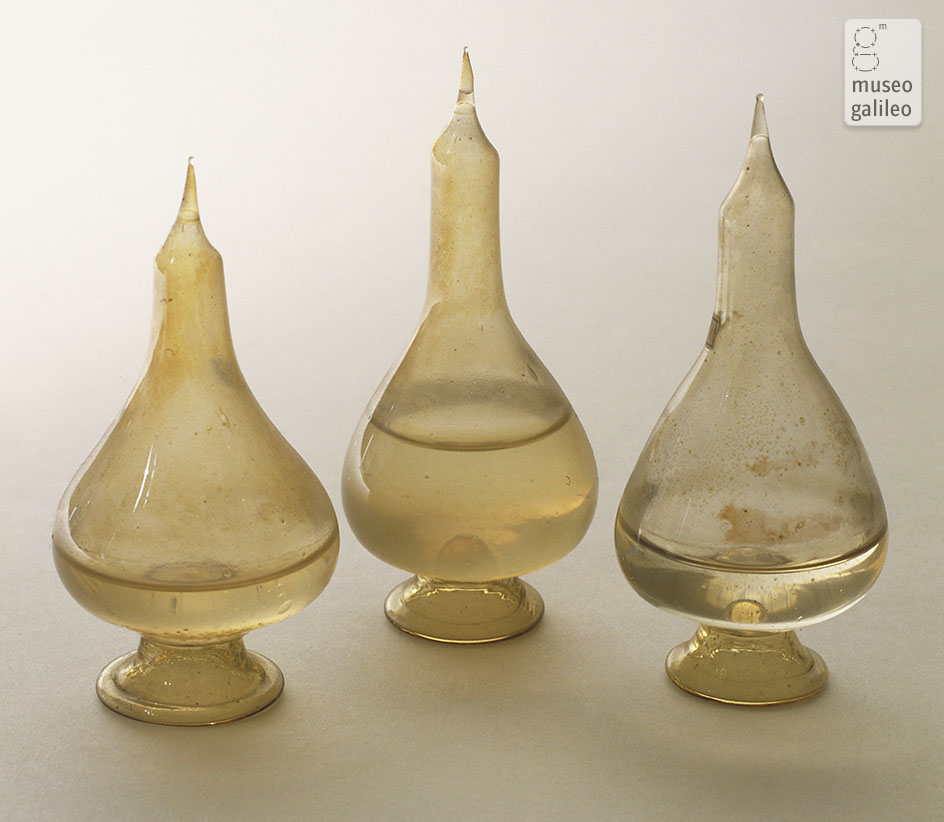TRaCer: TACITROOTS Research Colloquium Series
The TACITROOTS Research Colloquium series (TRaCer) consists of lectures and discussion sessions with internationally recognized researchers, providing a forum for exploring topics crucial to TACITROOTS Project and its members. It includes presentations of work-in progress in addition to completed work. TACITROOTS is currently running two related colloquium series (approximately once per month) fostering disciplinary, as well as interdisciplinary, dialogue.

Post-Galilean Science: Archival Trails, Heterogeneous Connections
(supervised by Stefano Gulizia and Stefano Calonaci)
The meetings will take the efforts of the Accademia del Cimento to institutionalize their scientific enterprise into an academy as a larger case study. Within this remit, the outlines of the presentations will privilege archival trails and philological methodology, on the one hand, and the shared knowledge deriving from the international framework of their academic exchanges, on the other. Put differently, this series looks at scientific institutions in tandem with the history of universities as a progressive European movement. Building on an extensive archival corpus of unpublished documents, and pivoted on dynamics of communication, imitation, and competition, the goal is to produce the conditions of a new study of scholarly, academic interactions.
The following questions will be particularly relevant:
- What is the relationship between scientific academies and the universities? If someone had a parallel academic career, what structural morphology does it suggest?
- How could we improve on the broader European context of the scientific societies emerging in the long Medicean power?
- What were the concrete interests and scholarly networks active around the middle of the 17th century? How did the Republic of Letters foster the experimental method?
- To what extent is Prince Leopoldo’s natural and experimental philosophy a Tuscan affair? How were his research questions fueled by collecting and learning in the Levant?
- Is Galileo’s heritage as influential as our literature suggests? Or are we dealing with a miscellaneous group of historical actors that escape reduction?
- How would archival contingency or documentary case histories affect our reconstruction of the controversies and debates taking place inside this cultural orbit?

Collective Instrumental Practices in the Early Modern Period
(supervised by Cristiano Zanetti and Ruggero Pace Gravina)
By taking into consideration the Accademia del Cimento, an experimental institution enlisting both Aristotelian and anti-Peripatetic scholars, and by expanding beyond their international research program on meteorology, this meeting will discuss the pivotal investment of the Medici Court on the production, testing, and circulation of cutting-edge instruments. The meetings will aim to investigate collective practices involving scientific instrumentation that culminated in the experiences of the philosophical societies of the Seventeenth century.
We wish this Seminar to become a space for a comparative discussion of case studies from different contexts and different times. Through the lenses of social and cultural history, we would like to look at collective experimental practices as trading zones (bringing together rulers, artisans, scholars, diplomats, religious orders and other actors) with a special focus on courts, state administrations and educational institutions. These questions will be particularly relevant:
- What is the relationship between utilitas, self-promotion and curiosity? Is it profitable, to study the mechanics of collaboration, to privilege friendship, bureaucracy or princely patronage?
- How can we contextualize the notion of “scientific instrument” in ancien regime societies? Did it change according to chronology or geography? And are experimental technologies the expression of epistemic fields or cultural groups?
- What can we say of the logistics of instrumental activities? Was it bolstered by scholarly or economic networks?
- How did experimental activities translate across media, from verbal to visual and viceversa?